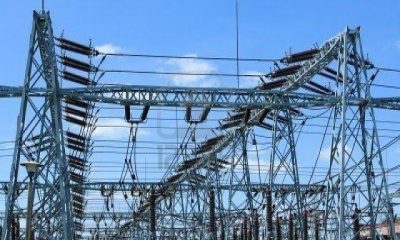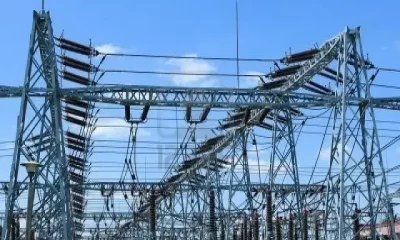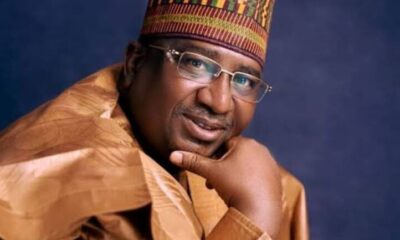News
Improved Electricity: Lagos Targets 20hrs Power Supply Daily To Residents
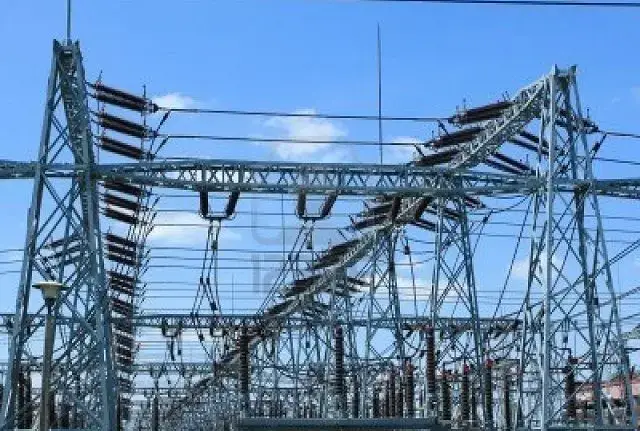
The Lagos State Government has disclosed plans to improve power supply up to 20 hours daily in communities to further stimulate investments and boost standard of living, among others.
Recall that President Bola Tinubu, recently signed the passed Electricity Act into law, marking a significant update to the 2005 Electricity and Power Sector Reform Act in Nigeria.
Originally enacted in July 2022 during former President Muhammadu Buhari’s administration, the new legislation aims to stimulate private sector investments in the country’s power sector and break the monopoly in electricity generation, transmission, and distribution on a national level.
Permanent Secretary, state Ministry of Energy and Mineral Resources, Ms. Sholabomi Shasore, disclosed this at the weekend at an organised stakeholders’ engagement in Alimosho Local Government Area in the state as part of continued efforts to ensure adequate power supply to Lagos residents through various interventions.
Shasore, said the meeting was organised in line with the inclusive policy of the administration of Governor Babajide Sanwo-Olu, who believes that the contributions of every resident in the state are essential to achieve the “Greater Lagos vision.”
According to her, the Light Up Lagos Community Electrification Programme is an initiative of the present administration aimed at unlocking electricity distribution, transmission and metering infrastructure to deliver reliable power supply to high-impact, high-population, low-income communities in Lagos.
Shasore stressed that the pilot implementation of the Power Infrastructure upgrade at target communities is nearing completion at Alimosho, Orelope and Okunola; Agege, Oko-Oba and Abattoir, as well as in Ajah, Eleko, Magbon and Ibeju Lekki.
“This initiative was borne out of the desire of the State Government to improve the standard of living of Lagos residents, contribute to their economic activities; increase in productivity; job creation and ultimately boost the businesses of small and medium scale enterprises including artisans who rely primarily on electricity for the survival of their businesses, as well improve the overall wellbeing of all residents in the state,” she added.
While informing that the expected impact is to improve power supply (up to 20 hours) to target communities and create a catalyst for further investment across low-income communities in Lagos State, Shasore stated that a total number of 8,613 Service addresses connected to the feeders being installed will benefit from the improved supply covering almost 10,000 households.
According to her, “While the State Government had intervened in the functionality of electricity supply to various communities within Alimosho as a whole, the Sanwo-Olu administration is now taking it a step further by engaging with residents who are the critical stakeholders in this power intervention.
“Your participation is required to ensure that you reap the benefits of this Power Infrastructure upgrade.”
“With this engagement, the state government seeks to ensure that you know your role in realising the goal of this intervention and look out and protect the infrastructure as your own. I implore the leadership of relevant CDAs, who are direct beneficiaries of this power project, to take ownership of this electrification infrastructure and protect it against vandals,” she stated.
https://www.fellowpress.com/wp-admin/admin.php?page=quick-adsense
Shashore stressed the importance of prompt payment of electricity bills, protection against energy theft, discouragement of meter bypassing and other illegal acts that might jeopardise the overall intention of the state government to improve power supply to Alimosho and its environs.
She explained that the developments in the power sector with the recent amendment of the Power provision in the Nigerian Constitution of 1999 are indicative that great things are to come with regard to power and Lagos State is at the forefront.
Shasore submitted that the electricity infrastructure that has been put in place in the communities would guarantee reliable power supply as incidents of power failure, faulty transformers, cables, high and low electric current and inadequate electricity poles among others have been fully addressed.
“It is worthy to note that Alimosho Local Government and its environs have always been identified as an integral part of the Greater Lagos Rising project under the administration of Governor Sanwo-Olu and as such it is set to enjoy more dividends of democracy and good governance going forward,” she said.
News
Woman killed while crossing road in Anambra
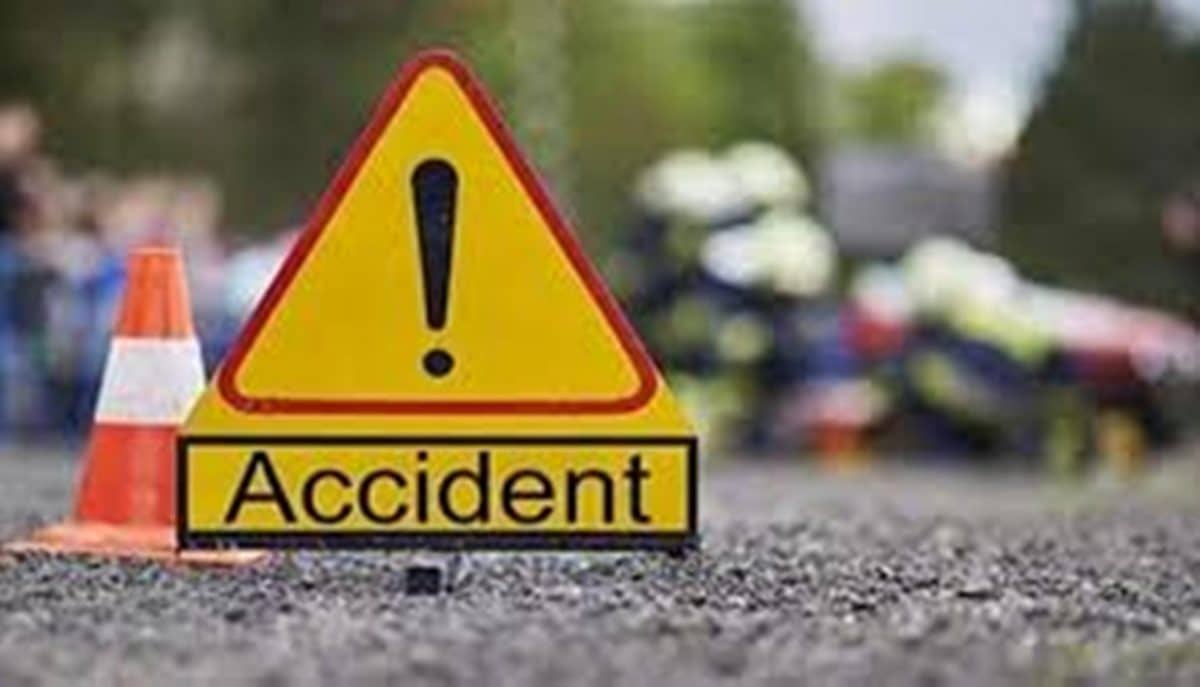
The Federal Road Safety Corps (FRSC), Anambra State Sector Command, has confirmed the death of a woman in an accident at Okpoko Market on the Asaba-Onitsha Road.
The Sector Commander, Mr Adeoye Irelewuyi, who confirmed the accident to journalists in Awka on Thursday, said that the woman was hit while she was crossing the road.
He said that the accident, which occurred on Wednesday, involved a commercial tow truck with registration number XA550BMA.
“Eyewitness report reaching us indicates that the truck was towing a vehicle in an uncontrollable speed along the axis.
“The vehicle that was being towed got detached from the tow truck.
“It hit and killed a female adult, who was said to be crossing the road, while the tow truck continued its movement.
“FRSC rescue team came to the scene and took the woman to Toronto Hospital, Onitsha, where she was confirmed dead and her body deposited at the hospital’s mortuary,” he said.
While sympathising with the family of the dead, the sector commander urged motorists, especially tow truck drivers, to exercise a high level of professionalism.
He also urged the drivers to always use standard equipment and avoid speeding.
News
LASG’s maize palliative impactful, says poultry association chair
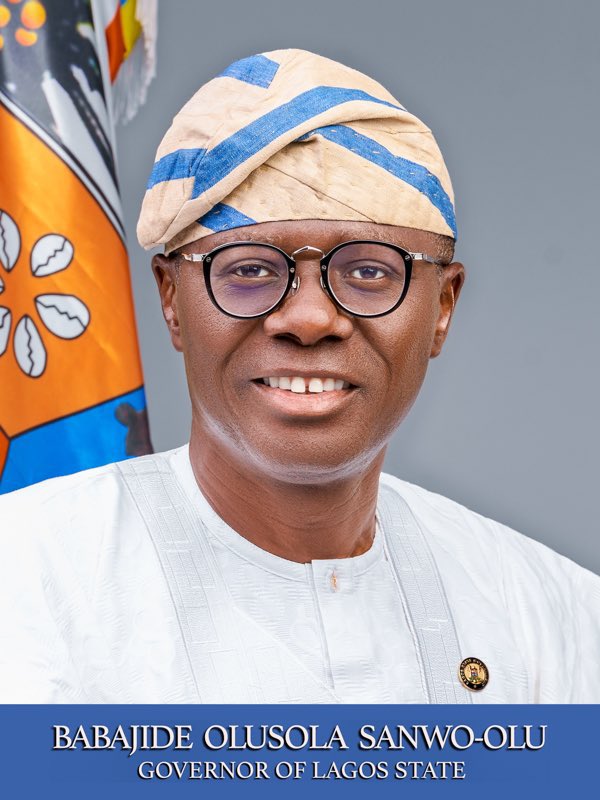
The Chairman, Poultry Association of Nigeria (PAN), Lagos State Chapter, Mr Mojeed Iyiola, said the state government’s maize palliative to members of the association made a positive impact on the sector.
Iyiola said this in an interview with the News Agency of Nigeria (NAN) on Thursday in Lagos.
“We received about 150,000 tons of maize in February from the Lagos State government as palliative to cushion the effect of high feed prices.
“The major benefit of the palliative is that it actually cushioned the cost of production for most poultry farmers in the state.
“The palliative was beneficial as it made the cost of some poultry produce, especially eggs to drop,” Iyiola said.
He noted that prior to the palliative, a crate of egg was sold between N3,500 and N3,700 at the farm gate, but after the palliative, it now sells between N3,200 and N3,400.
According to the PAN chair, retailers and middlemen who sell from N3,800 to N4,200 do that for their personal gain.
“We have urged our members to sell their eggs at reasonable prices following the receipt of the palliative from the government.
“We appreciate the Lagos State government for the palliative but we also urge the federal government to do likewise, to further reduce the cost of production in the sector.
“This will consequently lead to drop in the prices of all poultry produce across board,” he said.
He said the palliative was shared among financial members of the association at no extra cost.
“As an association we shared the grains equally across PAN’s eight zones in the state equally. We also mandated each zone not the sell even a grain of the maize.
“We, however, considered new poultry farmers who wanted to the join the association as beneficiaries of the palliative,” said Iyiola.
He noted that through the palliative, more poultry farmers were recruited into the association.
“The maize was shared only to poultry farmers and not feed millers, it is the major component of poultry feed formulation,” he said.



